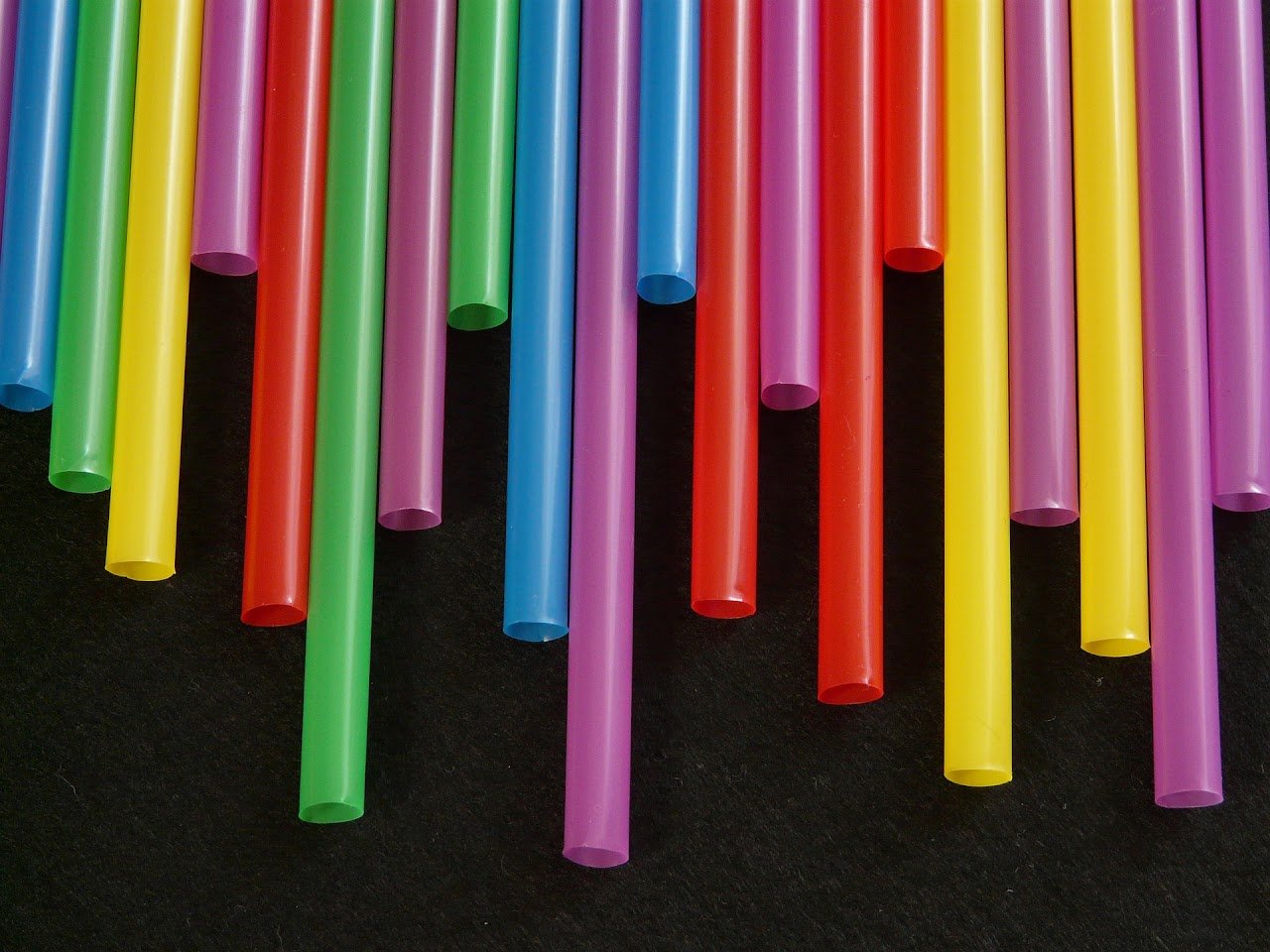Physical Science Unit Resources
Energy
Energy and Matter
Potential Energy
Heat Energy Transfer
Kinetic Energy
Forces and Interactions
Newton’s First and Second Law of Motion
Gravity
Newton’s Third Law of Motion
Electric and Magnetic Forces
Waves and Electromagnetic Radiation
Waves
Digital and Analog Signals
Structure and Properties of Matter
Atoms, Elements & the
Periodic Table
Motion of Molecules
Synthetic Materials
Changes in Molecule Motion
Chemical Reactions
Evidence of a Chemical Change
Thermal Energy Project
Conservation of Mass

Changes in Molecule Motion Mini Unit Resources
Students make quantitative and qualitative observations of food dye in hot and cold water then draw conclusions about particle motion and temperature. They plan and carry out an investigation to answer the question, “How does a pure substance change when thermal energy is added?” Then, students create a graph, analyze their data and draw diagrams of particles in motion. They summarize their learning with an original cartoon of a pure substance facing increased heat energy!

Motion of Molecules
Students plan and conduct an investigation about the motion of vanilla molecules, create a graph, analyze data and observe a Skittle in water! Finally, students use evidence collected in the lab to support the claim “Molecules are in motion”.

Synthetic Materials Mini Unit Resources
Students differentiate between natural and synthetic materials and make their own synthetic slime! They research the environmental, economic and societal impacts of two synthetic materials - plastic and high fructose corn syrup. Then, students decide if the positive impacts of HFCS outweigh the negative impacts and argue their point.

Atoms, Elements & the Periodic Table Mini Unit Resources
Students reflect on elements they already know, ask questions about the periodic table and then find answers! They build models of helium and copper atoms with Skittles, distinguish molecules from compounds and grow salt crystals to show cubic crystal structure. Finally, students create models of molecules to show what they know. Students love learning more about elements and the periodic table!